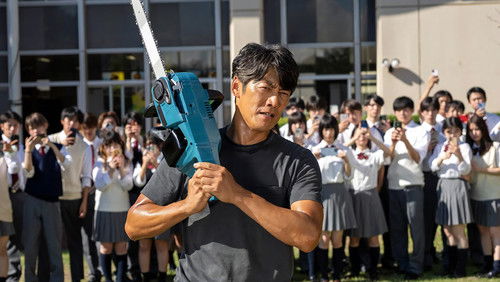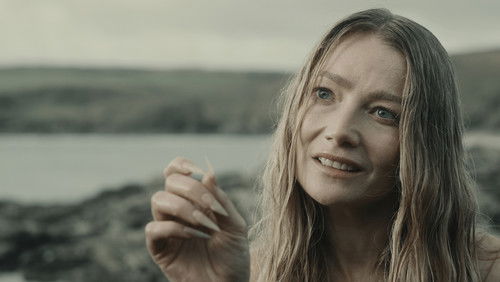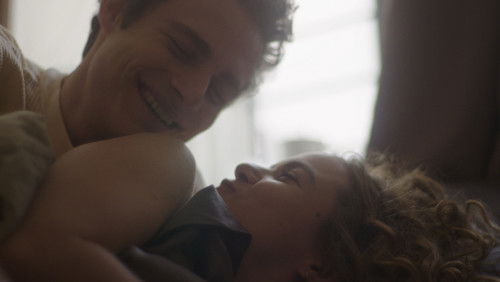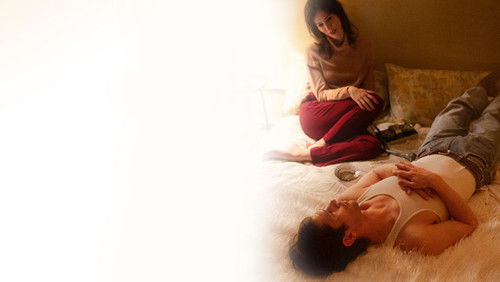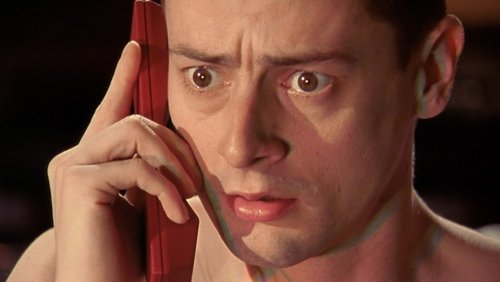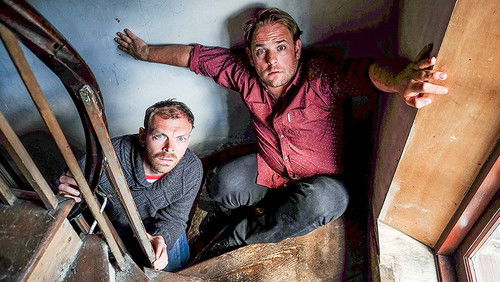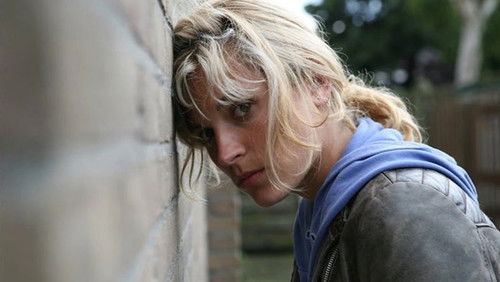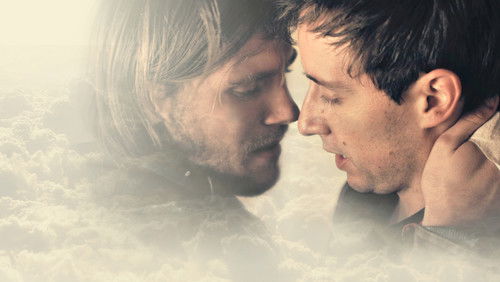Die Unmenschliche (1924)
42KDie Unmenschliche: Directed by Marcel L’Herbier. With Jaque Catelain, Léonid Walter de Malte, Philippe Hériat, Fred Kellerman. Claire Lescot is a famous first lady. All men want to be loved by her and among them is the young scientist Einar Norsen. When she mocks at him, he leaves her house with the declared intention to kill himself.
“With Marcel Lu0026#39;Herbieru0026#39;s Lu0026#39;Inhumaine, whose sets were designed by Robert Mallet-Stevens, Alberto Cavalcanti, Fernand Leger, and Claude Autant-Lara, architecture became a supreme screen of sets. Concerned with modern ornament, Lu0026#39;Inhumaine would synthesize the design aesthetic of the 1925 Exposition Internationale des Arts Decoratifs et Industriels Modernes, for all who worked on this film (including Paul Poiret, who did the fashions) came to define avant-garde design at the Exposition in the following year. The architect Mallet-Stevens, who designed the pavilion of tourism at the Exposition, was the theoretician of the film set. In his writing on decor, he conceived the set of a film as a work of draftsmanship and a working drawing. He was particularly concerned with rendering hap-tic volumetric(s) and depth and emphasized aesthetic techniques of relief in the design of filmic decor.u003cbr/u003eu003cbr/u003eLu0026#39;Inhumaine, a film that turned the architect Adolf Loos into an enthusiastic film critic, opens with an industrial vista of Paris as displayed from the u0026quot;moderneu0026quot; villa of Mallet-Stevens. This house is inhabited by u0026quot;the inhuman oneu0026quot; a woman. Georgette Leblanc, who conceived the idea for the film, plays Claire Lescot. She is a soprano who presides over an international salon of men, hosting dinner parties served by masked waiters in an inner patio that resembles a refashioned impluvium. This particular set was designed by Cavalcanti, who, in his own Rien que les beures, would constantly return to the theme of food, conceiving the urban rhythm as its own metabolic matter.u003cbr/u003eu003cbr/u003eClaireu0026#39;s salon is frequented by two suitors who battle of her affection. The engineer, Einat, ends up winning he love by showing her the workings of his very modern u0026quot;cabinet of curiosity.u0026quot; Claire delights in the marvels of this laboratory (deigned by Leger), in which she can futuristic-ally watch her audiences on a screen just as they are able to hear her sing. As the inter-titles suggest, u0026quot;she voyages in space without moving,u0026quot; reaching visions of artists in their studios, partaking of the bustling life on the street, and following people driving cars and riding trains. In this way, she lives u0026quot;through the joy and the pain of human beings.u0026quot; No wonder her other suitor becomes jealous and poisons her.u003cbr/u003eu003cbr/u003eBut Einaru0026#39;s laboratory contains residual traces of its genealogy: it can perform alchemy. What is more, it is outfitted with an extra chamber, equipped with a mechanism for reviving the dead. This lab of transformation becomes activated in a sequence that resonates with Fritz Langu0026#39;s Metropolis. With superimpositionu0026#39;s and rapid montage, the laboratory offers what the inter-titles call u0026quot;a symphony of labor,u0026quot; which brings our voyage-use back to life and to the liveliness of her urban salon.u003cbr/u003eu003cbr/u003eThe film was made by Lu0026#39;Herbieru0026#39;s own production company, who deliberately chose an awkward science fiction plot in which Lu0026#39;Inhumaine serves as the pretext for some virtuoso displays of cinematographic virtuosity, and as the narrative justification for some remarkable decors. The sets are a microcosm of the whole film: they are in very different styles, and going from one to the next produces an almost physical shock. The film was very poorly received, both by critics and by the public, and one can see why. It is arguably the first great example in the narrative cinema of the so-called post modernist aesthetic. For the coherence of a stable fictional world with suitably u0026quot;roundu0026quot; characters who undergo various experiences, Lu0026#39;Inhumaine substitutes a fundamentally incoherent world of pastiche, parody, and quotation. Its flat characters provide no stability; they are but puppets in the hands of an unpredictable, perhaps even mad storyteller. The film uses many devices from the stylistic repertoire of cinematic impressionism, but rather than amplifying and explicating the narrative, they serve instead to call it into question.”
